The Crowd (1928 film)
8.8 /10 1 Votes
96% Rotten Tomatoes Genre Drama, Romance Country United States | 7.9/10 IMDb Film series The Crowd Film Series Duration | |||||||||||||||||||||||||||||||||
 | ||||||||||||||||||||||||||||||||||
Release date February 18, 1928 (1928-02-18) Initial release February 18, 1928 (New York City) Directors King Vidor, John V. A. Weaver Cast (Mary), (John 'Johnny' Sims), (Bert), Estelle Clark (Jane), Daniel G. Tomlinson (Jim), Lucy Beaumont (Mary's Mother)Similar movies Interstellar , The Last Witch Hunter , The Avengers , Manhattan , Captain America: The First Avenger , The Age of Adaline | ||||||||||||||||||||||||||||||||||
great film scenes the crowd 1928 introduction to new york
The Crowd is a 1928 American silent film directed by King Vidor and starring James Murray, Eleanor Boardman and Bert Roach.
Contents
- great film scenes the crowd 1928 introduction to new york
- The crowd 1928 tcm intro silent sunday
- Plot
- Cast
- Production
- Critical reception and influence
- Awards and honors
- Soundtrack
- Home media
- References
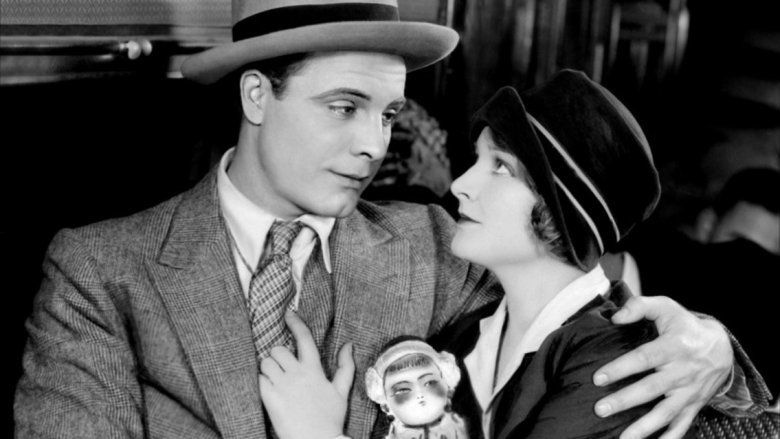
The film is an influential and acclaimed feature which was nominated for the Academy Awards for Unique and Artistic Production for MGM, and the award for Directing (drama) for King Vidor at the very first Academy Award presentation in 1928. In 1989, the film was one of the first 25 to be selected for preservation in the United States National Film Registry by the Library of Congress as being "culturally, historically, or aesthetically significant".

Kevin Brownlow and David Gill restored The Crowd in 1981, and it was released with a score by Carl Davis
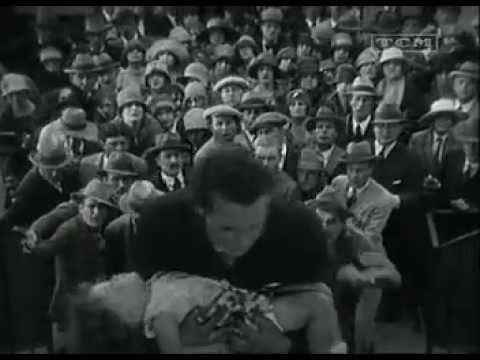
The crowd 1928 tcm intro silent sunday
Plot
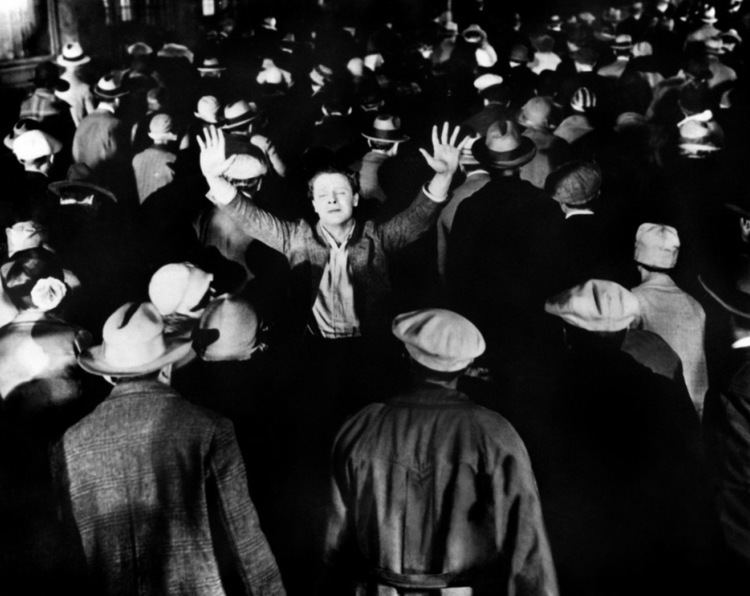
Born on the Fourth of July, 1900, John Sims (James Murray) loses his father when he is twelve. At 21, he sets out for New York City, where he is sure he will become somebody important, just as his father had always believed. Another boat passenger warns him that he will have to be good to stand out in the crowd.
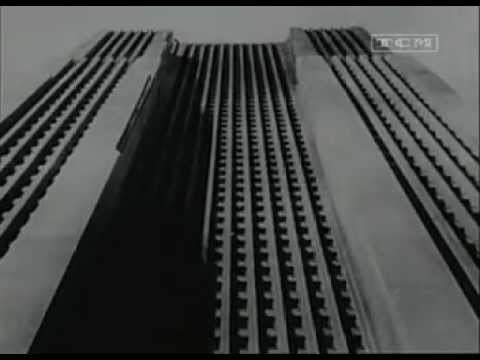
He gets a job as one of many office workers in the Atlas Insurance Company. Fellow employee Bert (Bert Roach) talks him into a double date to Coney Island. John is so smitten with Mary (Eleanor Boardman), he proposes to her at the end of the date; she accepts; Bert predicts the marriage will last a year or two. The couple honeymoon in Niagara Falls.
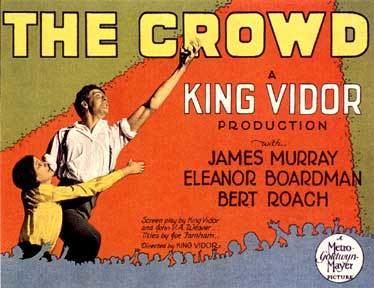
In the tiny apartment next to an elevated train track where the couple live, a Christmas Eve dinner with Mary's mother (Lucy Beaumont) and two brothers (Daniel G. Tomlinson and Dell Henderson), with whom John is not on friendly terms, ends badly. John goes to Bert's to get some liquor, where a young woman throws herself at him, tells him how handsome he is, and starts dancing with him. John does not return until it is very late and he is very drunk. Mary's family has gone home, and she tells him that they don't understand him. "Do you understand me?" he asks, and she answers "I think so." They exchange Christmas gifts and John calls her a "wonnerful little woman", but yells at her when she opens an umbrella in the apartment.
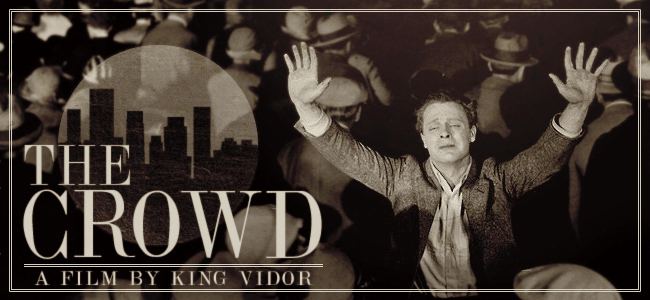
In April, they quarrel and Mary threatens to leave. She is shocked and hurt when he does not try to stop her, but the couple reconcile when she reveals she is pregnant. She gives birth to a son. The next five years produce a daughter and an $8 raise, but Mary is dissatisfied with John's lack of advancement, especially compared to Bert, and John's big talk about his prospects.

Finally, John wins $500 for an advertising slogan; he buys presents for his family. However, when he and Mary urge their children to rush home to see their gifts, their daughter is run over by a truck. John is so deeply affected, he cannot concentrate at work. When reprimanded, he quits.
He gets other jobs, but cannot hold onto them. Finally, Mary's brothers reluctantly offer him a position. When John is too proud to accept a "charity job", Mary can take no more; she slaps him. John goes for a walk, contemplating suicide, but his son goes with him. The child's unconditional love for him makes him change his mind. He gets work as a sandwich board carrier and returns home, his optimism renewed, only to find Mary about to leave with her brothers. She gets out of the house, but no further. She loves him too much to abandon him. The reconciled family attends a vaudeville comedy show, with the final shot showing them laughing hysterically, lost in the crowded audience of laughing people.
Cast
Production
The Crowd was conceived by director King Vidor and filmed after the success of his previous film, the critically acclaimed box office success The Big Parade. Vidor wanted the new film to be innovative in its story, acting, and cinematography. The film mixes striking visual styles and moving camera cinematography – as well as hidden cameras in some of the New York City scenes, and subtle use of scale models and dissolves – influenced by 1920s German cinema and F.W. Murnau in particular, with intense, intimate scenes of the family's struggle. Vidor avoided casting big-name stars in the film to attain greater authenticity; Murray had started as a studio extra, and had appeared in featured roles already, but had made his way to California riding boxcars and doing odd jobs such as shoveling coal and washing dishes. For his female lead, Vidor selected Eleanor Boardman, an MGM contract actress and also Vidor's second wife.
Vidor's great financial success at MGM in the 1920s allowed him to sell the unusual scenario to production head Irving Thalberg as an experimental film. MGM chief Louis B. Mayer reportedly disliked the film for its bleak subject matter and lack of a happy ending, and the studio held the film from release for almost a year. At the studio's insistence, seven alternate upbeat endings were filmed, according to Vidor's autobiography, and previewed in small towns. The film was finally released with two endings, one Vidor's original ending, and another with the family gathered around a Christmas tree after John has gotten a job with an advertising agency. Exhibitors could choose which version to show, but, at least according to Vidor, the happy ending was rarely shown.
One unhappy ending was to the life of James Murray, who succombed to alcoholism and became a skid row bum. When Vidor saw him on the street, panhandling, he offered Murray a part in his upcoming film Our Daily Bread, but Murray angrily refused, saying "Just because I stop you on the street and try to borrow a buck, you think you can tell me what to do. As far as I am concerned, you know what you can do with your lousy part." In 1936, his body was found in the Hudson River, a possible suicide. Vidor was haunted by Murray's death, and in 1979 attempted to raise funds to film The Actor, a screenplay he had written based on Murray's story, but the film was never made.
Critical reception and influence
The Crowd was a modest financial and critical success upon its initial release. Mordaunt Hall, the reviewer for The New York Times called it "substantial and worthy" and "a powerful analysis of a young couple's struggle for existence in this city", but Variety disagreed, saying that the film was "a drab actionless story of ungodly length and apparently telling nothing."
Since then, The Crowd has been hailed as one of the greatest and most enduring American silent films – director Jean-Luc Godard was asked in the 1960s why more films were not made about ordinary people, and his response was "The Crowd had already been made, so why remake it?" – but at the time, it was released just as the Great Depression had hit, and audiences sought escapist entertainment over the stark realism of The Crowd, which filmmakers would not embrace again until after the end of World War II. Still, the film was popular enough to gross twice its cost. The arrival of sound films at the same time combined to radically change filmmaking. Due to the limitations imposed by early sound filming techniques, The Crowd's moving camera innovations would not be equaled for another decade.
Vidor used the John and Mary Sims characters again, with different actors, in his 1934 film Our Daily Bread. He also provided an insightful interview on the making of the film in a segment of the British documentary series Hollywood (1980).
Awards and honors
Nominations
Soundtrack
Composer Carl Davis created an orchestral score for the film in 1981, and it was released on video in conjunction with MGM and British television Thames Silents series in the late 1980s.
Home media
The Crowd was released on VHS as part of the MGM Silent Classics series in the 1980s, with a new score by Carl Davis. It was also released as part of a double-bill LV package with The Wind. Warner Bros. currently holds distribution rights to all of MGM's silent films, including this one.
References
The Crowd (1928 film) WikipediaThe Crowd (1928 film) IMDbThe Crowd (1928 film) Rotten TomatoesThe Crowd (1928 film) themoviedb.org
